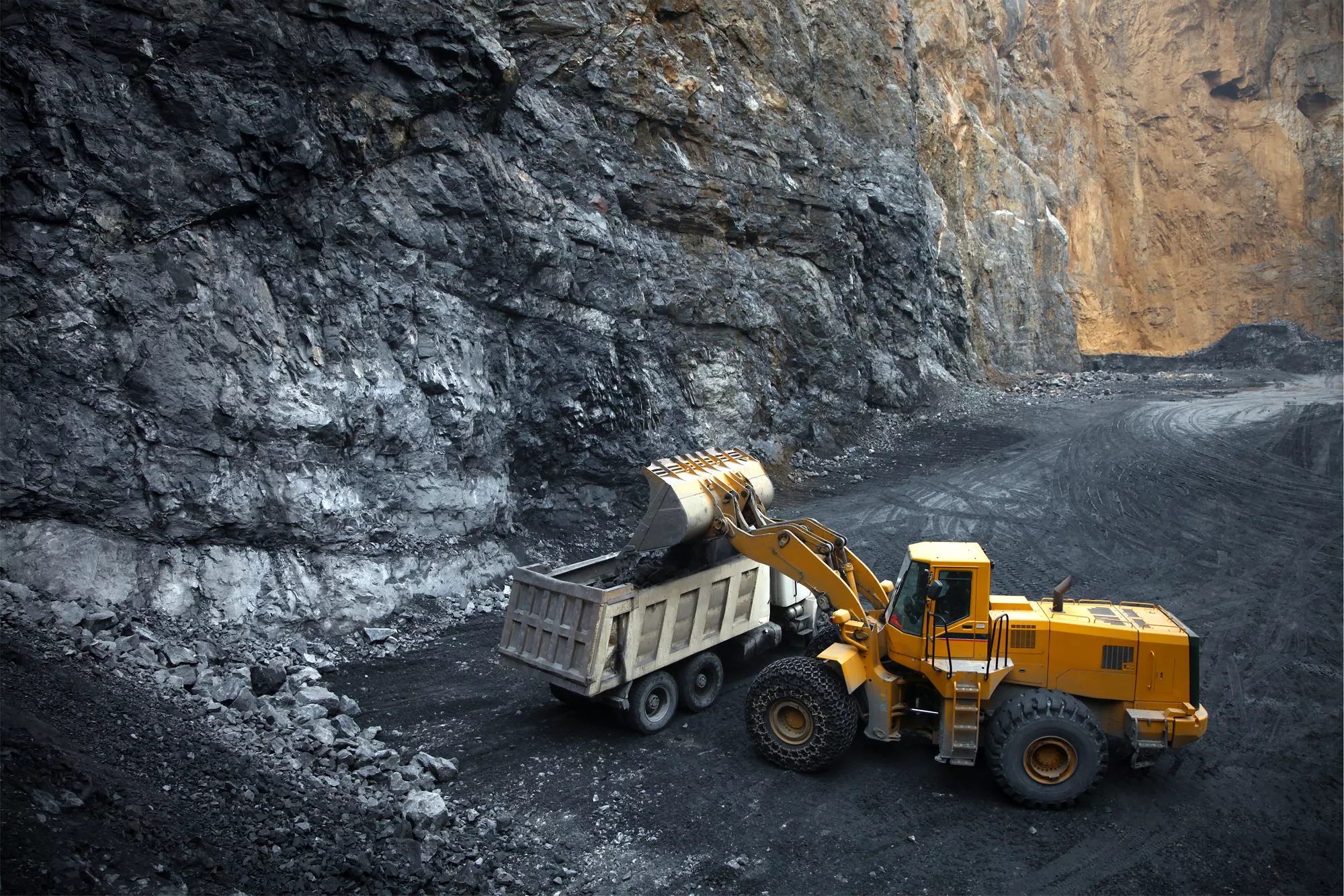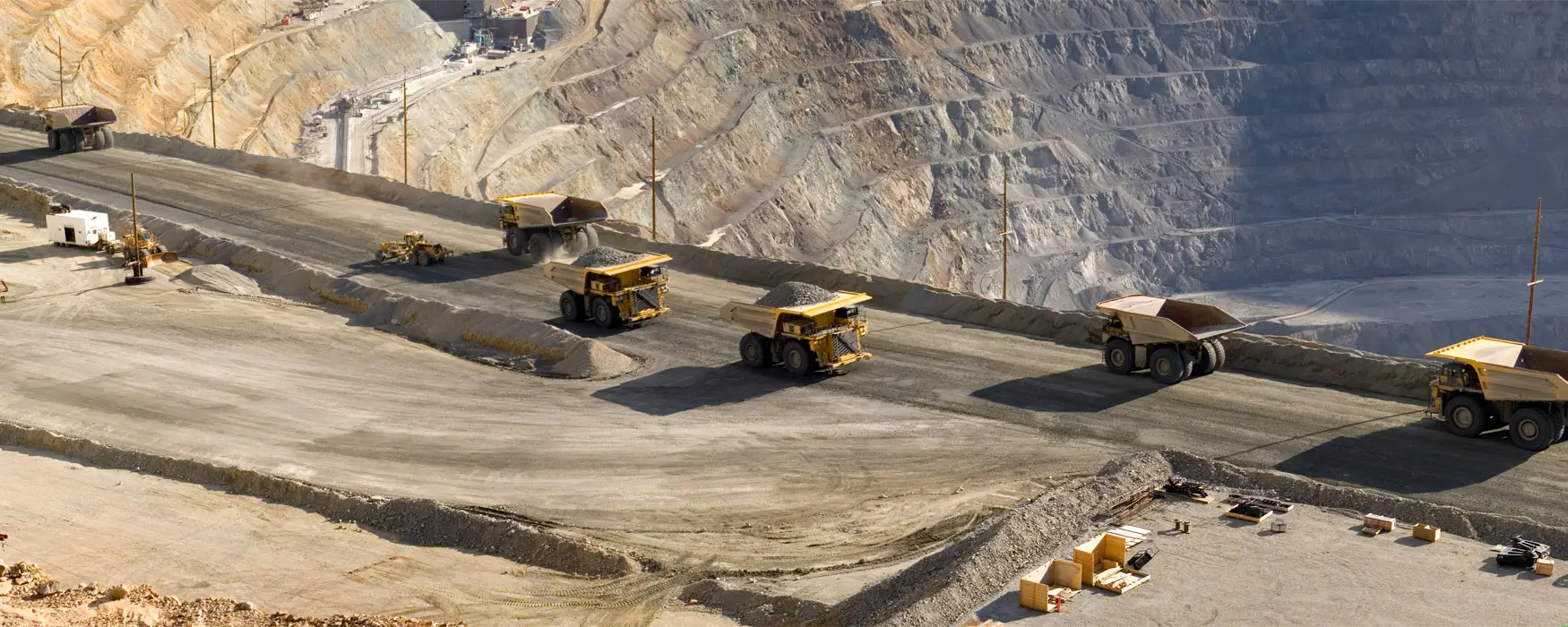Investments in natural resources and natural resources companies, which include companies engaged in alternatives (e.g., water and alternative energy), base and industrial metals, energy and precious metals, are very dependent on the demand for, and supply and price of, natural resources and can be significantly affected by events relating to these industries, including international political and economic developments, embargoes, tariffs, inflation, weather and natural disasters, limits on exploration, often changes in the supply and demand for natural resources and other factors.

